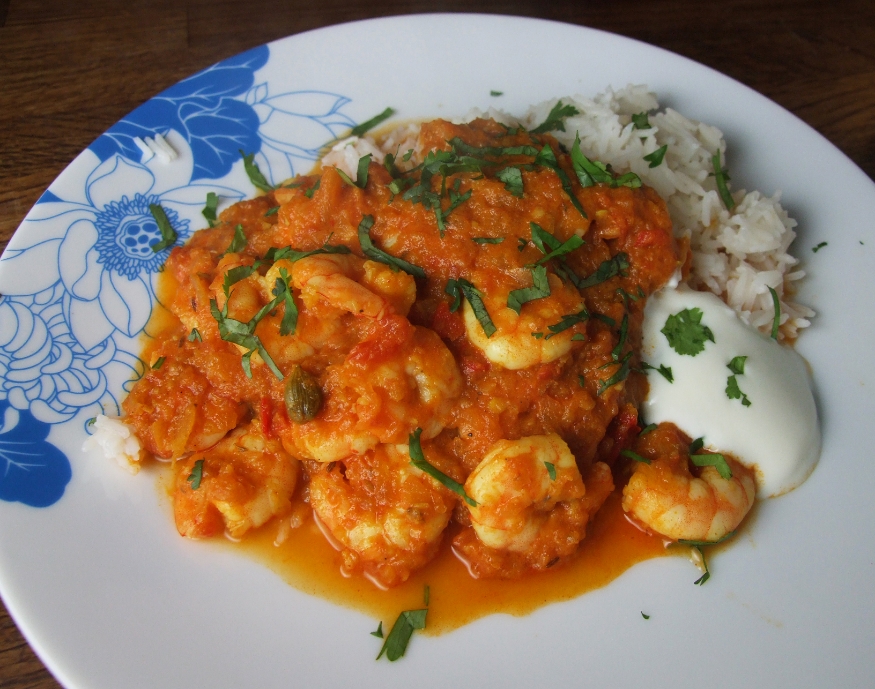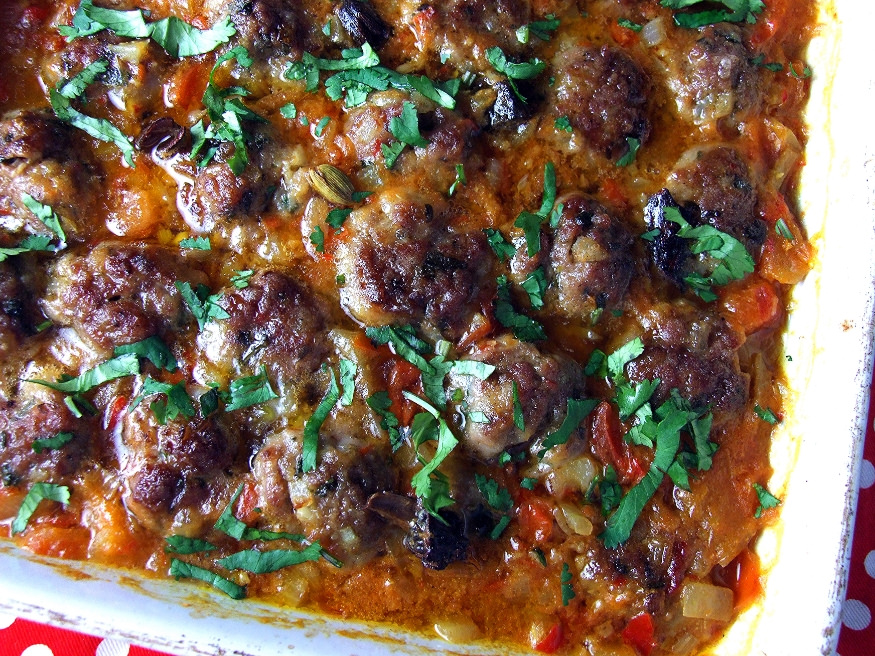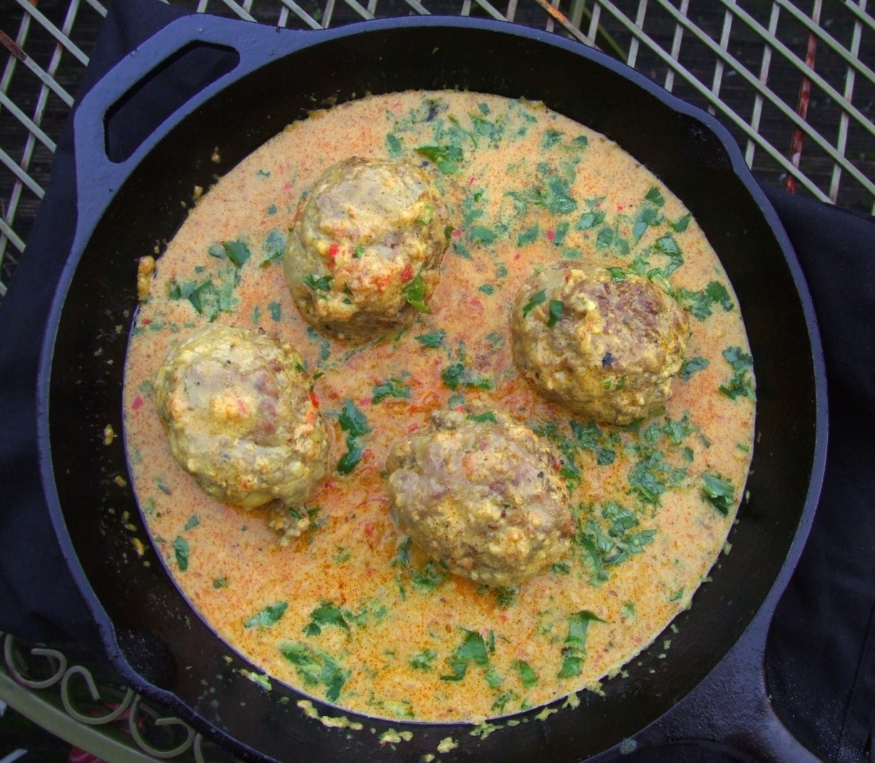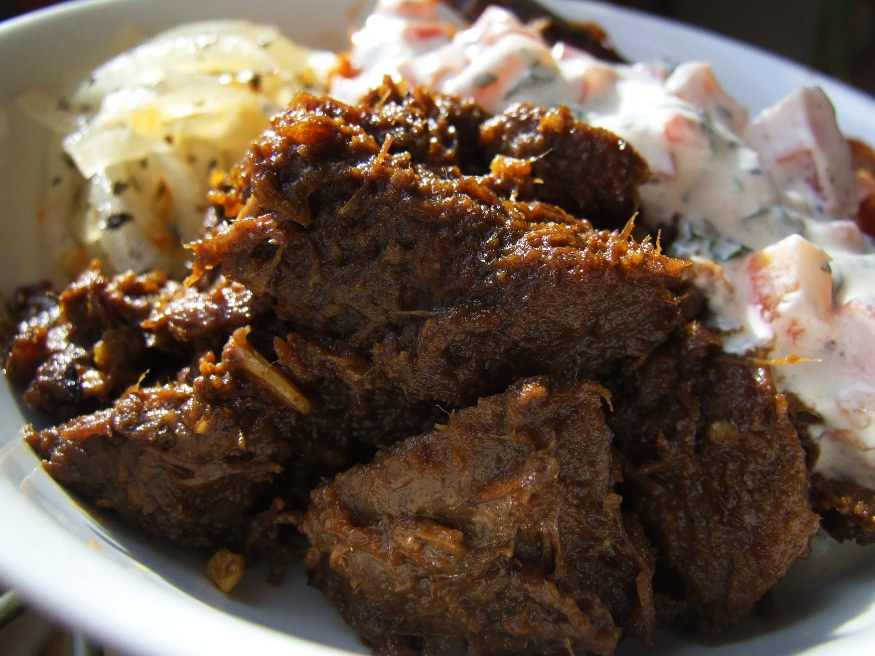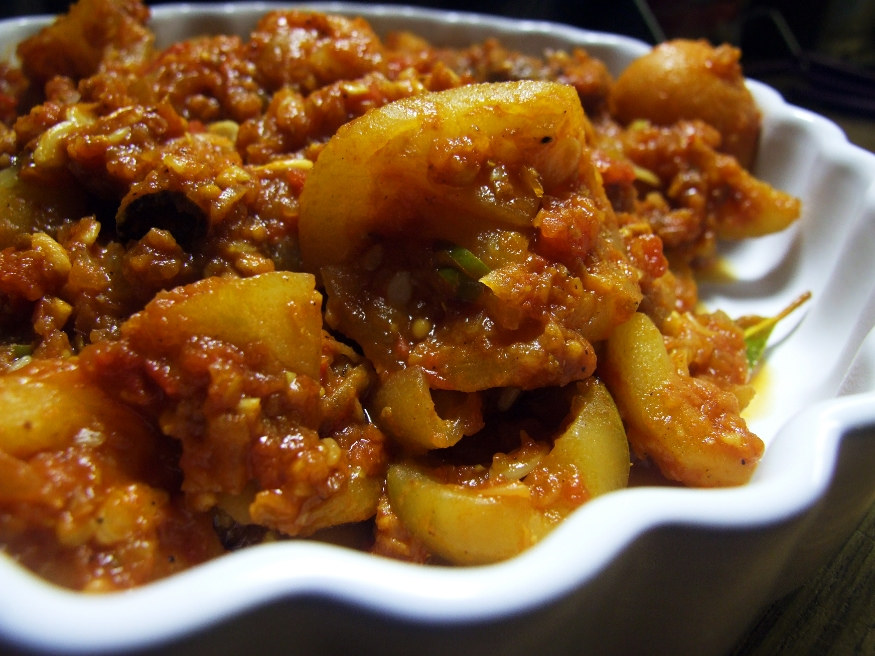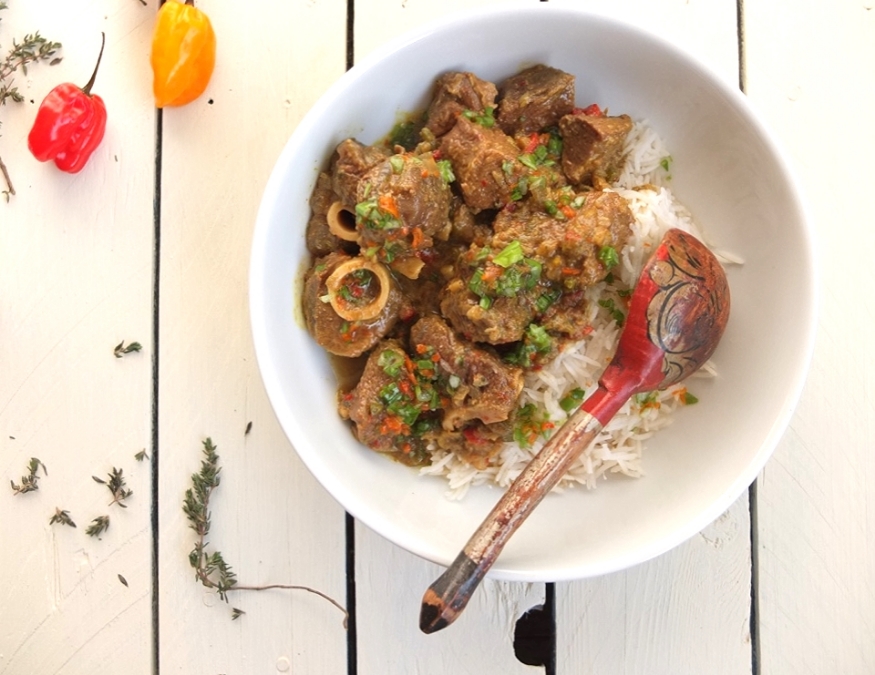
Peckham is now so trendy it’s no longer cool. I haven’t even lived there for four years, yet just the other day I got a letter from the clothing brand Anthropologie addressing me as M. Peckham. Even they still think I own the place. I will always love the area, (I’m just down the road in Camberwell now), but the edges are softened, the archways fluffed. I can smell beard oil. Nigerian restaurants such as Delta Tavern have been replaced by hip spots like Pedler, all pineapple prints and jam jar glasses. I will miss their gelatinous cow foot stew and cans of warm Stella.
What I’d hate to see is the closure of those little West African restaurants on Choumert Road, the ones where you can catch a breath-snatching fug of scotch bonnet peppers three hours before they open for lunch. I once tried to approach one of these restaurants for an article and they basically told me to Do One, which was funny and made me love them more. I adored what Peckham used to be, however much I was guilty of romanticising it.
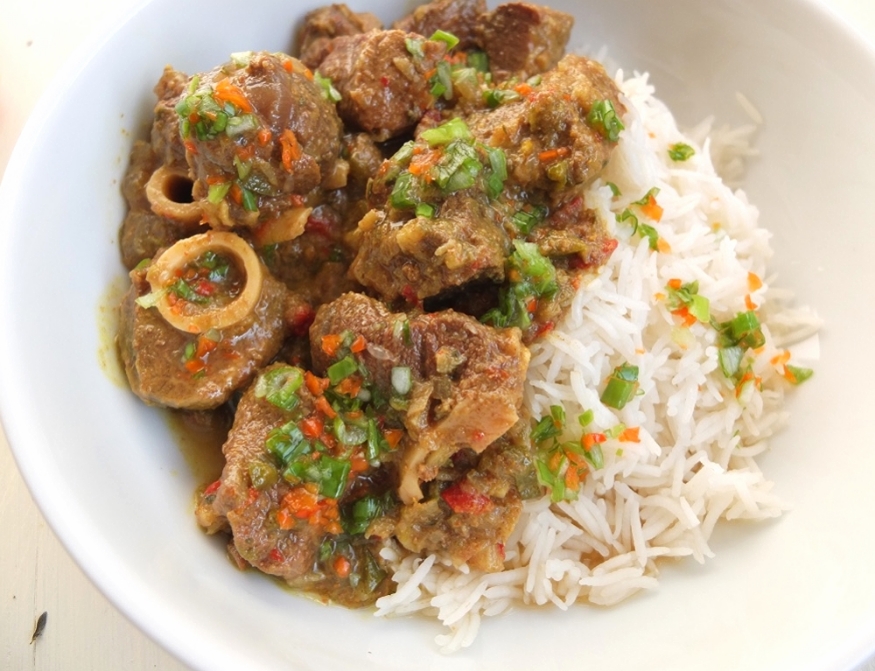
A lot of people used to ask me (and still do) where they should go for Caribbean food in Peckham and I would reply that I’m sorry, but it’s not really a thing. The Nigerian population is much larger than the Caribbean, or Tasty Jerk in Thornton Heath. People ask me mainly about jerk chicken, but not so much curry goat.
Mutton is a fine substitute, just as long as you ask for some bony pieces which are important for the flavour and also that general ‘I’m eating curry goat’ feeling. I use peppers with the onions at the beginning which cook down to a sweet base, and then I finish the dish with a quick pickled sauce of lime juice, sugar, more chilli and spring onion. I think this really lifts it. Rice and peas are brilliant but I often just go with plain basmati rice, a fluffy, bland cushion for the sauce to soak into.
Curry Goat
Serves 4-6
1 kg goat meat (or mutton), diced into large chunks (get the butcher to do it)
2 tablespoons mild curry powder
350ml veg stock
1 onion, finely chopped
1 small green pepper, finely chopped
1 small red pepper, finely chopped
4 cloves garlic, crushed or grated
1 x 3 inch piece of ginger, peeled and finely chopped
8 allspice berries
Small sprig thyme
4 spring onions, green parts sliced
4 tablespoons vegetable or groundnut oil
1 scotch bonnet chilli, pierced
For the pickle
1 scotch bonnet chilli
1 spring onion
Juice 2 limes
2 level tablespoons sugar
Large pinch of salt
In a bowl, combine the meat and curry powder. Add the thyme, stripping the leaves off and then lobbing the stalks in too. Mix thoroughly and leave to marinate for at least two hours, preferably three or four.
Heat the oil in a large saucepan (with a lid). Cook the onions and peppers over a low heat for a few minutes, stirring, then add the goat mixture. Stir, turn the heat down very low, put the lid on and leave for 45 minutes, stirring occasionally. The meat will make its own juice inside the pan.
Add the ginger, garlic, stock, allspice, scotch bonnet and spring onions. Simmer on very low heat for two hours with the lid on. Remove the lid and simmer for a further hour to reduce to sauce. Season to taste and serve with plain rice (or your choice of rice) and the pickle.
To make the pickle, just combine everything and leave it for an hour or so while the curry is cooking.
